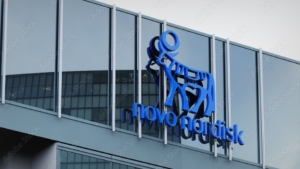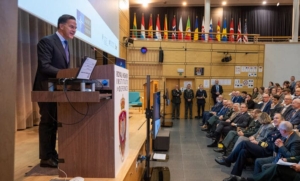
Dutch-Italian team improves retinal gene therapy
Researchers from Universities Nijmegen and Naples have presented a retinal AAV-based gene therapy delivery system that can express huge genetic elements by assembling protein fragments from several vectors.
Retinal gene therapy with adeno-associated viral (AAV) vectors holds promises for treating inherited and noninherited diseases of the eye. Though clinical data suggest that retinal gene therapy is safe and effective, delivery of large genes is hindered by the limited AAV cargo capacity. Patrizia Tornabene and colleagues copied a process used by single-cell organisms to reconstitute proteins from fragments to solve the problem.
They established a virus-based system using split intein-based protein trans-splicing and full-length protein reconstitution to deliver and then assemble therapeutic proteins in the eye. The new approach delivers two AAV vectors encoding fragments of the therapeutic protein, which are surrounded by short split inteins. When the fragments encoded by the vectors are released, the split inteins fuse the fragments, yielding a full-size, reconstituted protein.
In the eye, their invention prevented degeneration of the retina in mouse models of inherited blindness. Furthermore, injections of the AAV-intein vectors reduced retinal degeneration and improved retinal function in mouse models of two forms of inherited blindness caused by mutations in large genes. The treatment reconstituted similar amounts of large proteins compared to established, single-vector techniques, supporting its potential for translation into the clinic.The strategy was also effective in pig retinas and human retina organoids, and could lead to new treatments for forms of inherited blindness that cannot be targeted with current gene therapy techniques.


 Adobe stock photos - https://european-biotechnology.com/latest-news/roche-moves-obesity-asset-ct-388-into-phase-iii/
Adobe stock photos - https://european-biotechnology.com/latest-news/roche-moves-obesity-asset-ct-388-into-phase-iii/ X-act Cologne Clinical Research GmbH
X-act Cologne Clinical Research GmbH NATO
NATO